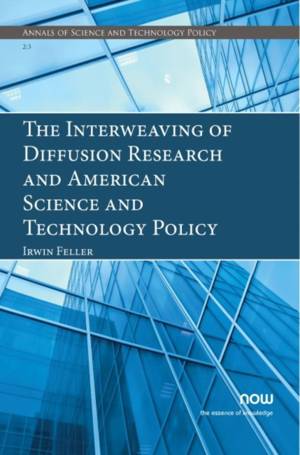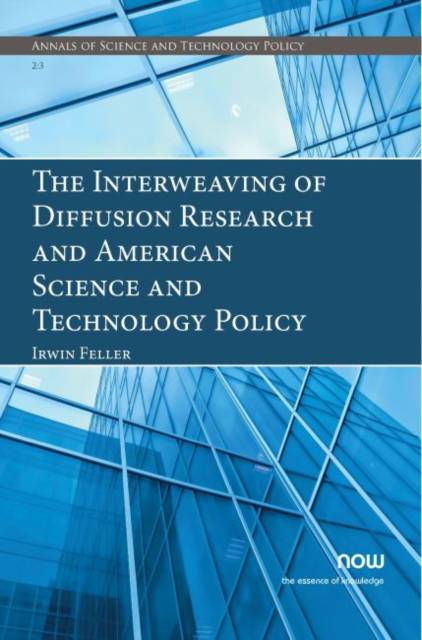
- Afhalen na 1 uur in een winkel met voorraad
- Gratis thuislevering in België vanaf € 30
- Ruim aanbod met 7 miljoen producten
- Afhalen na 1 uur in een winkel met voorraad
- Gratis thuislevering in België vanaf € 30
- Ruim aanbod met 7 miljoen producten
Zoeken
The Interweaving of Diffusion Research and American Science and Technology Policy
Irwin Feller
€ 92,45
+ 184 punten
Omschrijving
Weaves together a history of theories of the diffusion of innovations in selected academic disciplines, tracing the influence of these theories in the formulation of national science and technology policies from 1960 to the present.
Specificaties
Betrokkenen
- Auteur(s):
- Uitgeverij:
Inhoud
- Aantal bladzijden:
- 121
- Reeks:
Eigenschappen
- Productcode (EAN):
- 9781680834741
- Verschijningsdatum:
- 29/08/2018
- Uitvoering:
- Paperback
- Afmetingen:
- 156 mm x 234 mm
- Gewicht:
- 183 g

Alleen bij Standaard Boekhandel
+ 184 punten op je klantenkaart van Standaard Boekhandel
Beoordelingen
We publiceren alleen reviews die voldoen aan de voorwaarden voor reviews. Bekijk onze voorwaarden voor reviews.








